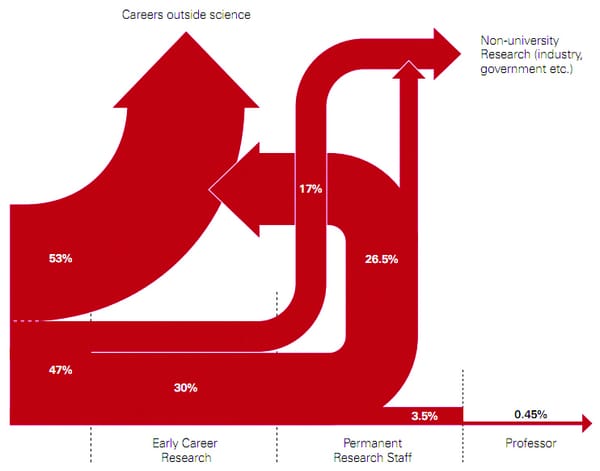A not so happy birthday
Rajvinder Virdee on who he thinks is crashing the Euro's party

On January 1, 2012, a major economic milestone was reached: the Euro’s 10th birthday. Although the Euro had officially been in existence since 1995 and was introduced into financial markets in 1999, it wasn’t until 2002 that notes and coins were issued in circulation. The Euro is an important currency; it is not only the second largest reserve currency but it is also the most circulated, with almost €900bn in circulation. It is the currency of 17 of the 27 European Union member states, a population of more than 330 million, not forgetting the numerous countries (mainly African) who have currencies pegged against the Euro. This totals to about 500 million people, 1/12 of the globe’s population, who directly use this currency. It was all going so well. Then the Global Economic crisis happened, and in 2009, it had to battle against the Sovereign Debt Crisis. To say the last few years have been hard for the Euro is a bit of an understatement. So, what really went wrong?
It has been said that the sovereign debt crisis was caused by excessive borrowing by European governments. The Germans have been portrayed as the heroes of the situation, doing their bit to help their European brethren, and they seem to be coping comparatively well. But are they really that innocent?
As a part of the new agreement to try and save the Euro, the German government have insisted that a ceiling is put in place limiting governments’ borrowing to 0.5% of their output, aiming to stop debt growing too quickly. But if we turn the clocks back 15 years, there was already a deficit ceiling, a 3% limit that was put in the treaties that set up the Euro, again insisted on by the Germans.
But it was Germany who broke this 3% rule first in 2003, and it has done it for about half of the years of the Euro. Greece broke the rule every year, but interestingly neither Spain nor Ireland nor Italy ever broke the 3% rule. Once again it was left to the ethereal “market confidence” to decide where the safe debt was. The markets saw Germany as the good guy, with Spain and Italy unfairly portrayed as the villains.
Looking at the 10 year period between 2000-10, it is actually Germany whose government debt rose the most (almost 25%), whereas Spain and Italy remained pretty flat. In the case of Spain and Ireland, the problem wasn’t the governments; it was the private sector: businesses and individuals. The Spanish and Irish private debt saw a huge increase. And much of that money was invested in buying German goods creating a debt fuelled boom: Germany would give away cheap credits to countries that would spend the money in buying German goods.
Debt was cheap and heavy borrowing led to an accelerated growth rate
During these boom years, debt was cheap and heavy borrowing led to an accelerated growth rate. The Spanish and Italians’ salaries increased significantly, whilst Germans had a rather flat growth in pay. That was fine while debt was still cheap during the boom years; however, as the economic downturn started, borrowing rates rose sharply. Suddenly all this debt was unaffordable to sustain. Spanish and Italian goods became uncompetitive compared to German goods as customers could no longer borrow to afford inflated prices. This loss of competitiveness was due to higher labour costs making it much harder for these countries to kick start exports. Low exports at a time where debt was expensive lead to further economic slowdown. Unemployment went up and the problems just kept getting worse.
Spending cuts may make debts harder to repay, but will not necessarily lead to a rise in exports, and will probably result in further recession. But a continued spending risks bankrupting the country, resulting in spiralling shrinking of its economy and in a loss in market confidence. This is the dilemma that most European governments now face.
During the onset of the crisis, governments had to increase their borrowing to help support the collapsing private sector. When a government has to borrow, it can devalue its own currency to help ease the pain. Spain and Italy could not devalue their currency though, as they were tied up into the Euro. The high levels of debt infected the whole single currency where everyone was suddenly being exposed to these high levels of debt. This has not only crippled the Eurozone countries’ economies, but has dramatically reduced the prestige of the Euroclub. As the European economies weakened, debt market confidence dropped, and borrowing costs all over the Eurozone increased.
But yet, after all of this, we are still being told the Germans played the right game. That is not entirely true. As one can see, a lot of the problems we are experiencing now are due to lending by the Germans. It seems they have used the single currency as a way to increase their economic strength at the expense of the smaller developing southern European countries. The road ahead for the Euroclub is definitely a tough one. It is clear to almost everyone that for the Euro to reach its 11th birthday it will need radical reform.








